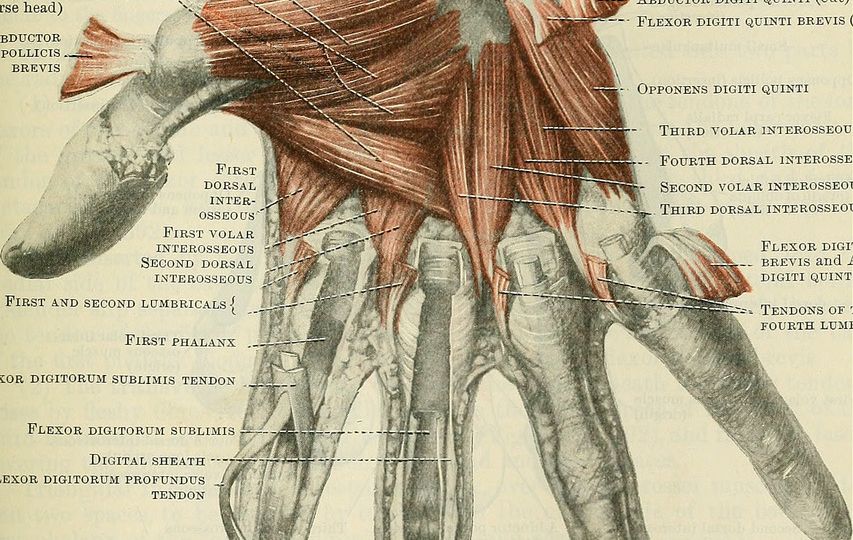
The Flexor tendon and synovial sheaths are very important to the tendons they hold, keeping tendons suspended, giving way for blood vessels and ensuring functional range of motion in the hand. The purpose of these sheaths is to reduce friction between tendons and whatever structures lay outside them. However, when a Sheath is lacerated, a chance arises that the sheath will pull itself back into the hand. The sheath usually becomes inflamed and recedes due to the swelling of the sheath. This is known as Flexor Tenosynovitis. Sheath Dilation is one way to aid this injury.
Treating these injuries can be rather difficult. Due to the fact that the sheath is swollen, the tendon inside may be harder to find and extract. Though many Sheath Dilation procedures are successful, the results are less than satisfactory due to many procedures failing to bring the sheath and tendon back to its original integrity. The sheath may still be inflamed, or the sheath may not be aligned or attached properly, causing tendon stress and lack of motion from pain.
One method of retrieving lost flexor tendons is through the act of sheath dilation which is to open the hole of the sheath in order to retrieve the lost tendon. Specially made tools are used to dilate the sheath and repair the lacerated tendon. The first part a surgeon should worry about is the inflamed sheath though, as working with it in that state could ruin the results. Reducing the swelling first will lead to easier dilation, which will then lead to easier tendon retrieval and repair. 4 and 6 strand suture techniques have shown some of the best results in allowing early motion to an injured tendon.
Most Sheath Dilation procedures are done in similar fashion, because the goal is to maximize strength of the injured area without causing irreversible damage to the area while healing.
Visit Toby Ortho to find great tools to help with Sheath Dilation procedures and more!

